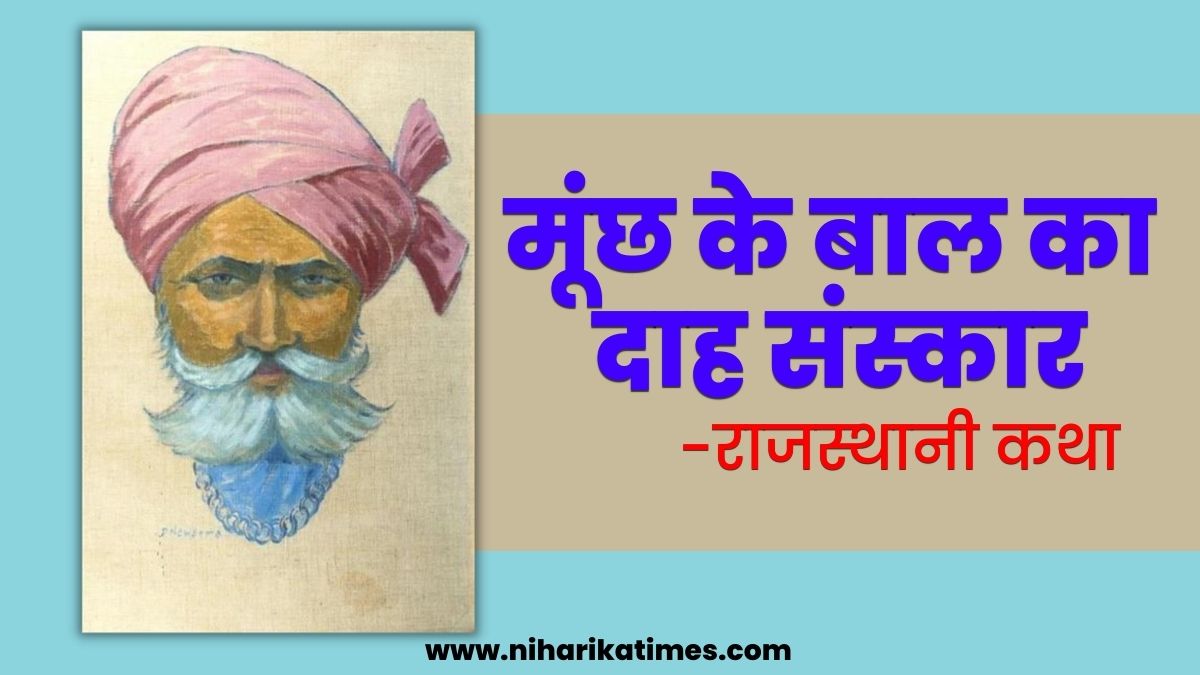In prehistoric times, there were settlements of early humans on the banks of the Luni river in Marwar. In the historical period, it is known that Abhir etc. castes have settled here. The mention of Abhiras is found in the shoddy inscription of Kakkuk of Samvat 918.
It is believed that Marwar was a part of Chandragupta Maurya’s empire in the 4th century BC. Later it remained under the authority of Shungas and Kanva dynasties. When Kushan Kanishka established his sovereignty in North India in the second century, then Marwar also became a part of his empire.
When the kingdom of Kshatrap Nahapan was established in western India, then the southern part of Marwar was also included in his kingdom. According to the Junagarh inscription of the Shakas (AD 150), Ujjain’s Mahakshatrapa Rudradaman I had taken control of Maru, Kutch, Sindh etc.
In later years, the Naga dynasty took control of the northern part of Marwar and made Ahichhatra (present-day Nagaur) its capital. The mountain range around Jodhpur is called Bhaugishail (Snake Mountain) for this reason. The power of the serpents was destroyed by the Gupta emperors in the fourth century.
The text of the Gupta script inscribed on the archway found in the ruins of the fort of Mandore is the proof of this. Gupta coins have been found in Marwar. The record of 289 (AD 608) of the Gupta period has been found in the temple of Dadhimati Mata of Goth-Manglod in Nagaur district.
In the last years of the sixth century, the influence of the Huns increased here. Then Marwar was trampled by Hun Toraman, Mihirkul, but his influence remained only in name. Soon Yashodharman of Malwa chased away Mihirkul. Then the Hunas had only a nominal influence on Marwar. In Yashovardhan’s pillar article, there is a mention of the Dhanva desert region in his kingdom.
In the ninth century, the Gurjar dynasty got its authority here. Bhinmal was the capital of Gurjars. His authority was up to Didwana (Nagaur district). In the seventh century before the Gujjars, the Chavadas in southern Marwar were subjugated by Emperor Harshavardhana of Kannauj, but soon the Pratiharas established their supremacy here.
After Harshvardhan, Kannauj ruler Chakrayudh was defeated by Raghuvanshi Pratihar Naresh Nagabhatta of Bhinmal and took over his vast kingdom. One of his inscriptions (V.No. 872) has been found from Buchkala (Bilara tehsil). His grandson Bhojdev’s V.S. Donation letter of 900 has been received from Siwa (Didwana tehsil). At the same time a branch of Pratiharas flourished in Mandore.
Here the inscription of Pratihara ruler Kakkuk (V.S. 918) has been found from Ghatiyala (ancient Rohit’s well). His brother Bouk’s V.S. A record of 894 has also been found. The genealogy from Harishchandra to Kakkuk is found in these records. The sons of Harishchandra were Bauk and Kakkuk. This branch of Pratihars is famous by the name Pratihar of Mandore. His kingdom remained here till the tenth century.
The Chauhans established their kingdom in Ahichhatrapur (Nagaur). The entire Nagaur district was under his authority. Vasudev made Chahamana Shakambhari (present-day Sambhar) his capital. For this reason, Chahamana was called Shakambharishwar. Laxman, the son of Raja Vakpatiraj of Shakambhari, established his kingdom at Nadaul in the south of Marwar.
According to a record of Nadaul, Laxman V.S. Established his kingdom around 1024. Kirtipal, a descendant of this, defeated the Parmars of Jalore and captured the fort of Jalore. The fort of Jalore was on the Swarna Giri mountain, hence the Chauhans here later came to be known as Songara Chauhans.
Apart from Jalore, he also established hegemony over Barmer, Satyapur (Sanchore), Mandore. V.No. After 1218, he also won Kiradu (Barmer district) from Parmars. The Chauhan kingdom of Jalore was ended by Alauddin Khilji in 1311.
The Parmars of Kiradu (Kiratkup) had authority over the western and south western regions of Marwar. V.No. Around 959 there was the kingdom of Sindhuraj Parmar. Apart from Marwar, under his fourth descendant, Dharnivarah, there was a considerable part of Gujarat and Sindh. It is said that he was the master of nine forts, but this is not entirely reliable.
The power of the Paramaras was destroyed by the Chauhans. The Guhils of Mewar also had authority over some parts of Marwar. Khed (Barmer district) and Pipar (Jodhpur district) were ruled by Guhils. In Kinsaria and Mangalana area of Parbatsar tehsil (Nagaur district), Dahiys ruled from 11th to 13th century but they remained feudatories of Chauhans.
Some parts of Abu, Satyapur, Jalore etc. were also ruled by Gujarat Chalukya kings in the eleventh century. In the twelfth and thirteenth centuries, the Nagaur, Mandore, Jalore regions of Marwar were ruled by the Muslims for some time, but they did not make any significant impact.
Thus, till the 13th century, Marwar was ruled by different dynasties in different parts and their cultural influence also prevailed in this region. Later, they also had an impact on the Rathore dynasty, which established the state permanently.
This article continues further — read the next part (Foundation of Rathore dynasty in Marwar)
For all the big news of the country and abroad Niharika Times Follow Us Facebook like on and Twitter Follow up on always up to date Niharika Times Go to



